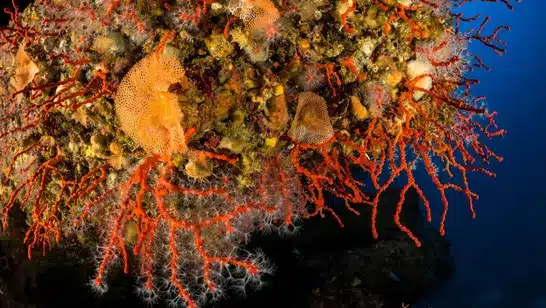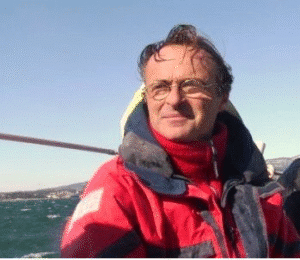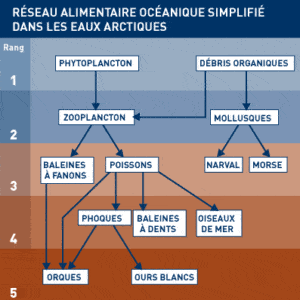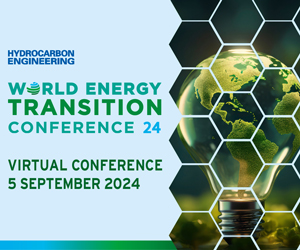Marine conservation is a vital issue for the survival of our planet. The oceans, covering more than 70% of the Earth’s surface, play a crucial role in regulating the climate, developing biodiversity, and the well-being of millions of species, including humans. In this article, we will explore how marine conservation can transform our future and what role each of us can play in this vital process.
Table of Contents
ToggleThe oceans: a well of threatened riches
The oceans are often described as the lungs of our planet, producing more than half of the oxygen we breathe. They are also an invaluable source of food, medicine, and energy. However, overfishing, pollution, and climate change seriously threaten their health and that of their ecosystems.
To give a more concrete idea of these threats, consider plastic: every year, more than eight million tons of plastic end up in our oceans, forming immense gyres of floating waste. The consequences of this pollution are devastating for marine life, destructive to habitats, and even dangerous for human health, through the food chain.
That is why initiatives like coastal cleanups are crucial. These missions, carried out by volunteers from all walks of life, seek to remove debris before it causes too much harm. Small collective actions can lead to big changes.
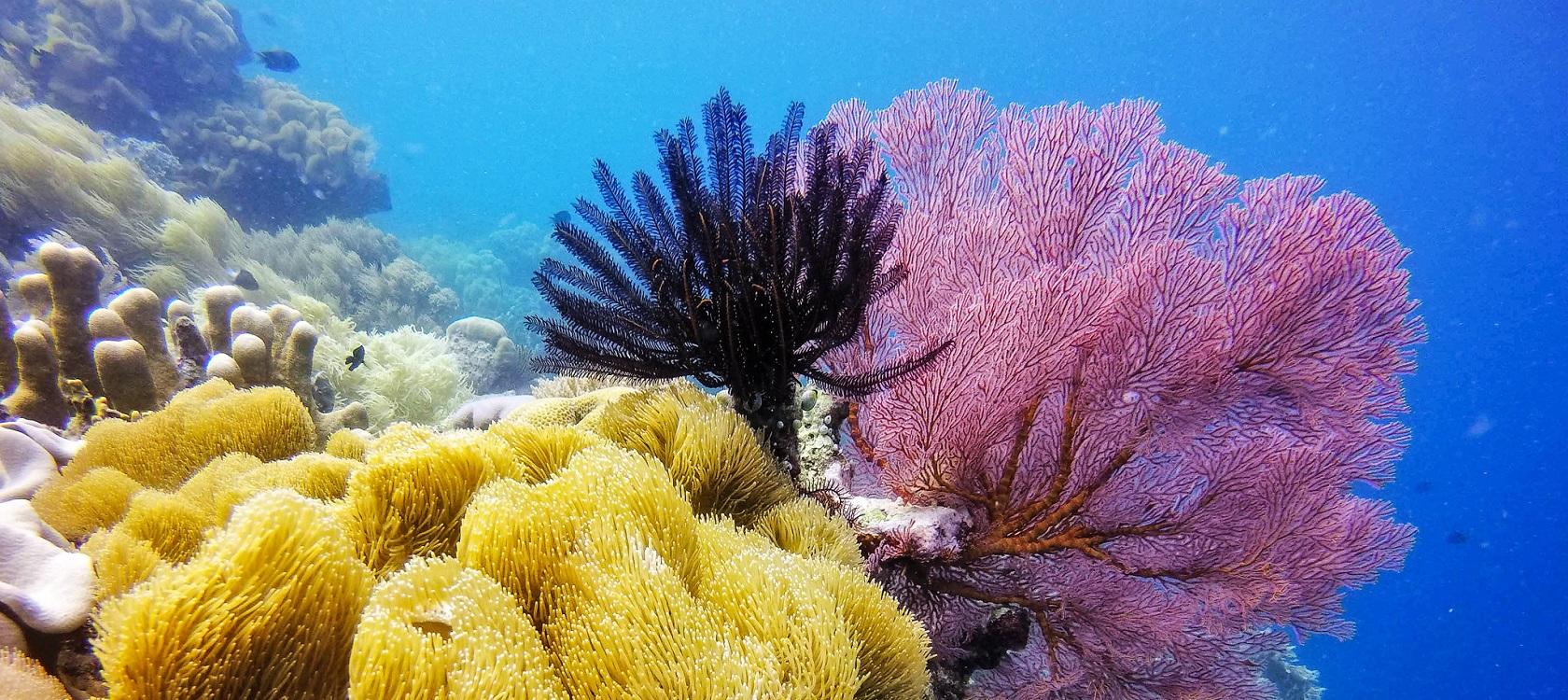
Restoration of marine habitats
The restoration of marine habitats is a key piece in the puzzle of conservation. From stretches of coral reefs to the reconstruction of mangroves, global initiatives are bringing life back to these precious ecosystems. Take, for example, the revitalization of coral reefs through 3D printing, which allows for the creation of structures onto which corals can attach and grow. This innovation not only offers solutions to coral degradation but also raises hope for other technological solutions to come.
The same goes for the restoration of mangroves, those curious trees that can live with their feet in saltwater. In addition to serving as nurseries for many marine species, mangroves play a key role in protecting coastlines from erosion and storms while capturing a significant amount of carbon. It is estimated that restoring mangroves could remove up to 14 billion tons of carbon dioxide each year.
Local and international initiatives
Beyond habitat restoration, local and international initiatives are essential to protect biodiversity. Marine Protected Areas (MPAs), for example, are regions where fishing and other destructive human activities are limited or prohibited. These zones are crucial for species reproduction and habitat preservation.
On an international scale, agreements such as the Convention on Biological Diversity aim to bring nations together around common goals to protect the environment. However, much remains to be done to achieve these goals, particularly in terms of funding and enforcement.
Engaging local communities in environmental protection is equally important. This is reflected in ecotourism projects that raise awareness and involve local populations while generating income for conservation.
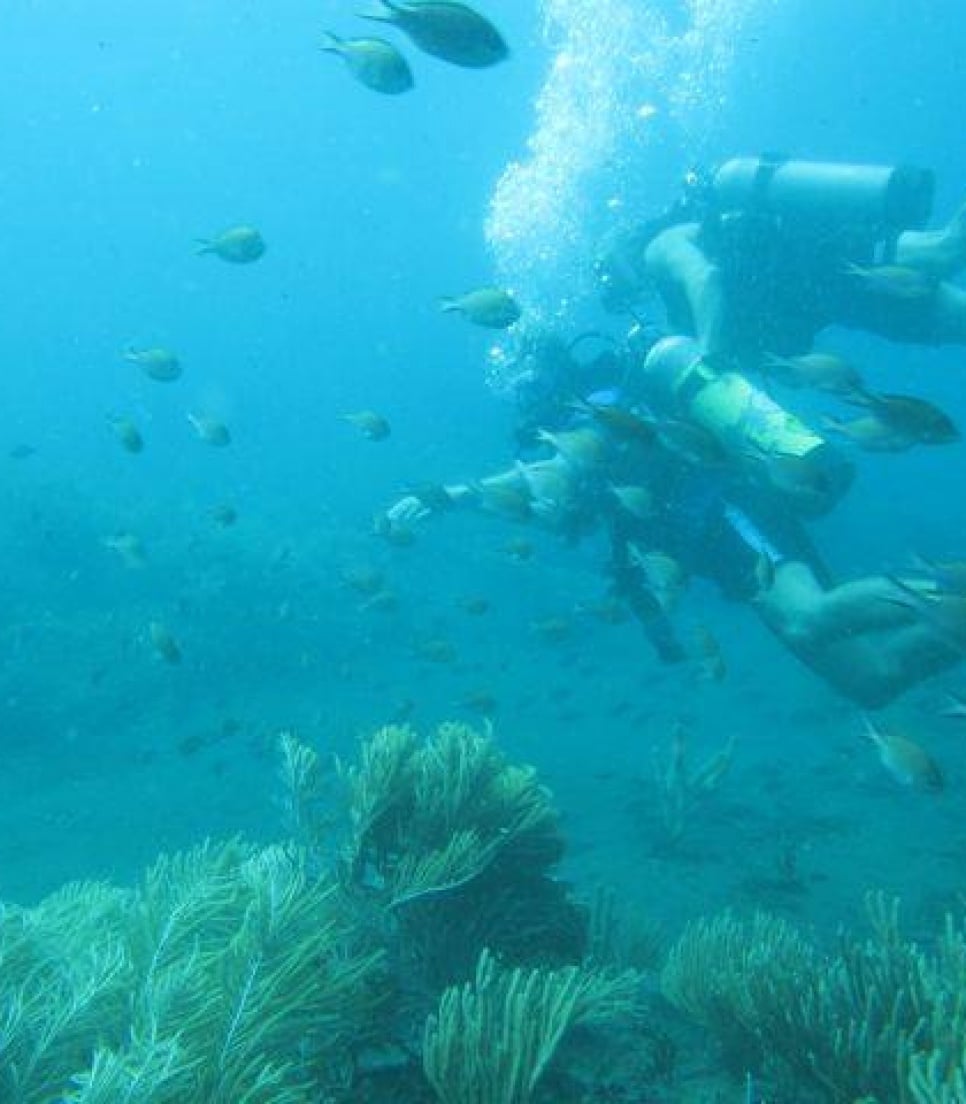
The challenges of marine conservation
Despite conservation efforts, challenges remain numerous. Funding is one of the major obstacles. Without the necessary financial resources, many projects cannot come to fruition or are limited in their effectiveness. The international community must therefore invest massively in marine conservation, which would not only protect marine ecosystems but also bring measurable economic benefits.
Another challenge is climate change. The oceans, absorbing a large part of the CO2 emitted by human activities, are warming and acidifying, thus threatening many species. It is crucial to understand that protecting the oceans also means fighting against climate change.
Technological solutions can also play a major role. The use of artificial intelligence to better understand and anticipate the state of marine ecosystems is a promising avenue, opening the door to more effective and sustainable management.
@oc_namibia Please please please pick up your trash and never leave anything on the beach. Pick up trash even if it is not yours. Cut loops before discarding. You will be rescuing marine animals in the process. ocn sealrescue plasticpollution plasticwaste oceanconservationnamibia
♬ original sound – Ocean Conservation Namibia – Ocean Conservation Namibia
The role of citizens in marine conservation
Conservation does not only happen on a large scale; it starts with individual actions. Every person has the power to make a difference. It begins with reducing plastic use, supporting sustainable seafood products, and participating in local conservation programs.
Successful awareness campaigns depend on citizen engagement. These actions translate into education and raising awareness about the dangers our oceans face. By participating in activities such as beach cleanups or planting new mangroves, we can all contribute to protecting the environment.
Encouraging younger generations to take an interest in marine science and conservation methods is also crucial, as it is these young people who will carry the future of sustainable solutions.
Technologies and innovations for the oceans
New technologies play a crucial role in protecting the oceans. From the use of drones to monitor marine areas to innovations in marine energy, every advance contributes to better understanding and protecting aquatic environments.
For example, drones allow for continuous monitoring of the seas, detecting illegal activities like noncompliant fishing and providing valuable data for research. At the same time, applications of artificial intelligence provide analyses of environmental impacts, allowing scientists to react quickly.
Additionally, renewable energies, such as offshore wind power, offer a dual solution: they not only reduce our dependence on fossil fuels but also prevent disruptions to marine habitat by limiting underwater noise pollution.
The future of marine conservation may well lie at the intersection of these technological innovations and traditional preservation strategies.
The future of marine conservation
Looking to the future, marine conservation requires a collaborative global approach. It is essential to establish an international network of Marine Protected Areas that would cover diverse biological regions to ensure the resilience of ecosystems.
An integrated approach combining advanced technologies, traditional management practices, and heightened awareness could transform our conservation dreams into reality. This would also mean protecting the livelihoods of local populations and managing the impact of climate change on coastal communities.
It is crucial for the global community to work together, sharing resources and knowledge to overcome the challenges posed by marine conservation. By fostering a collective awareness, we can all contribute to a sustainable future for our oceans.

